The Inchon Landing: An Example Of Brilliant Generalship
Nonfiction, History, Asian, Korean War, Military, India| Author: | Colonel Robert O. Brunson | ISBN: | 9781782896586 |
| Publisher: | Normanby Press | Publication: | August 15, 2014 |
| Imprint: | Normanby Press | Language: | English |
| Author: | Colonel Robert O. Brunson |
| ISBN: | 9781782896586 |
| Publisher: | Normanby Press |
| Publication: | August 15, 2014 |
| Imprint: | Normanby Press |
| Language: | English |
The Inchon Landing’s success required a commander like General MacArthur who could gain the cooperation and coordination of the Army, Navy, Marine, and Air Force commanders, despite their belief that the Inchon Landing operation was very nearly impossible. Only these commanders, with their men, had the necessary experience in amphibious attacks under General MacArthur in the Pacific during World War II. The speed at which the forces were built up, the timely and accurate intelligence information gathered, and the brave and valiant execution of the plan by the soldiers, sailors, airmen, and marines who successfully fought not just the enemy forces but also the natural characteristics of the landing site with its tides, seawalls, mud flats and monsoons; changed the very nature of the Korean conflict. The landing at Inchon cut the North Korean lines of communication, allowed the breakout of the Pusan Perimeter, and totally routed Communist forces on the brink of apparent victory. The amphibious landing at Inchon on 15 September 1950, with its flanking movement using the indirect approach, is truly an example of brilliant generalship and military genius.
The Inchon Landing’s success required a commander like General MacArthur who could gain the cooperation and coordination of the Army, Navy, Marine, and Air Force commanders, despite their belief that the Inchon Landing operation was very nearly impossible. Only these commanders, with their men, had the necessary experience in amphibious attacks under General MacArthur in the Pacific during World War II. The speed at which the forces were built up, the timely and accurate intelligence information gathered, and the brave and valiant execution of the plan by the soldiers, sailors, airmen, and marines who successfully fought not just the enemy forces but also the natural characteristics of the landing site with its tides, seawalls, mud flats and monsoons; changed the very nature of the Korean conflict. The landing at Inchon cut the North Korean lines of communication, allowed the breakout of the Pusan Perimeter, and totally routed Communist forces on the brink of apparent victory. The amphibious landing at Inchon on 15 September 1950, with its flanking movement using the indirect approach, is truly an example of brilliant generalship and military genius.


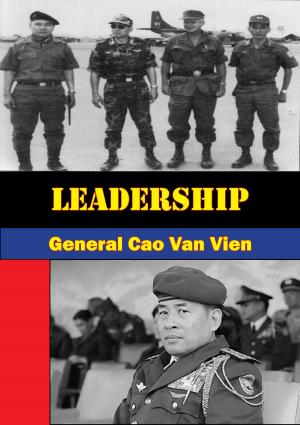
![Cover of the book Armor In Vietnam [Illustrated Edition] by Colonel Robert O. Brunson](https://www.kuoky.com/images/2015/november/300x300/9781786250162-DpCu_300x.jpg)
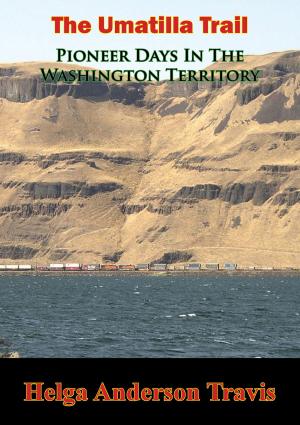

![Cover of the book Mafeking: A Diary Of The Siege [Illustrated Edition] by Colonel Robert O. Brunson](https://www.kuoky.com/images/2014/june/300x300/9781782891253-ZHWc_300x.jpg)

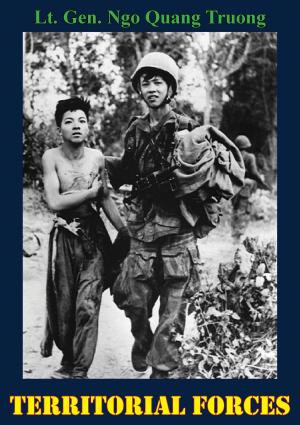

![Cover of the book With Kitchener To Khartum [Illustrated Edition] by Colonel Robert O. Brunson](https://www.kuoky.com/images/2014/august/300x300/9781782899235-69qS_300x.jpg)
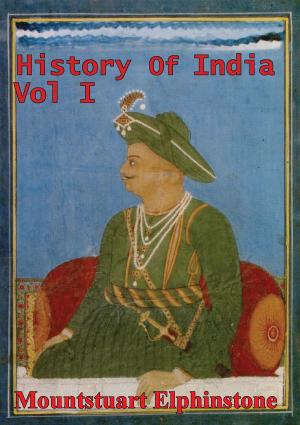
![Cover of the book Seventy-One Years Of A Guardsman’s Life [Illustrated Edition] by Colonel Robert O. Brunson](https://www.kuoky.com/images/2014/august/300x300/9781782899204-3Spp_300x.jpg)
![Cover of the book Stalemate: U.S. Marines From Bunker Hill To The Hook [Illustrated Edition] by Colonel Robert O. Brunson](https://www.kuoky.com/images/2015/november/300x300/9781786256072-vFZF_300x.jpg)
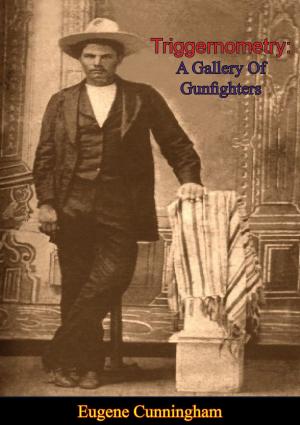
![Cover of the book Fight For The Flags [Illustrated Edition] by Colonel Robert O. Brunson](https://www.kuoky.com/images/2015/november/300x300/9781786255280-gSR6_300x.jpg)